Affiliate disclosure: This post may contain affiliate links. Please see our Privacy Policy.
Yellow Transparent apples are one of the earliest ripening apple varieties, prized for their tart flavor and soft texture. While they don’t store well, they’re perfect for applesauce, pie filling, and other homestead kitchen favorites.
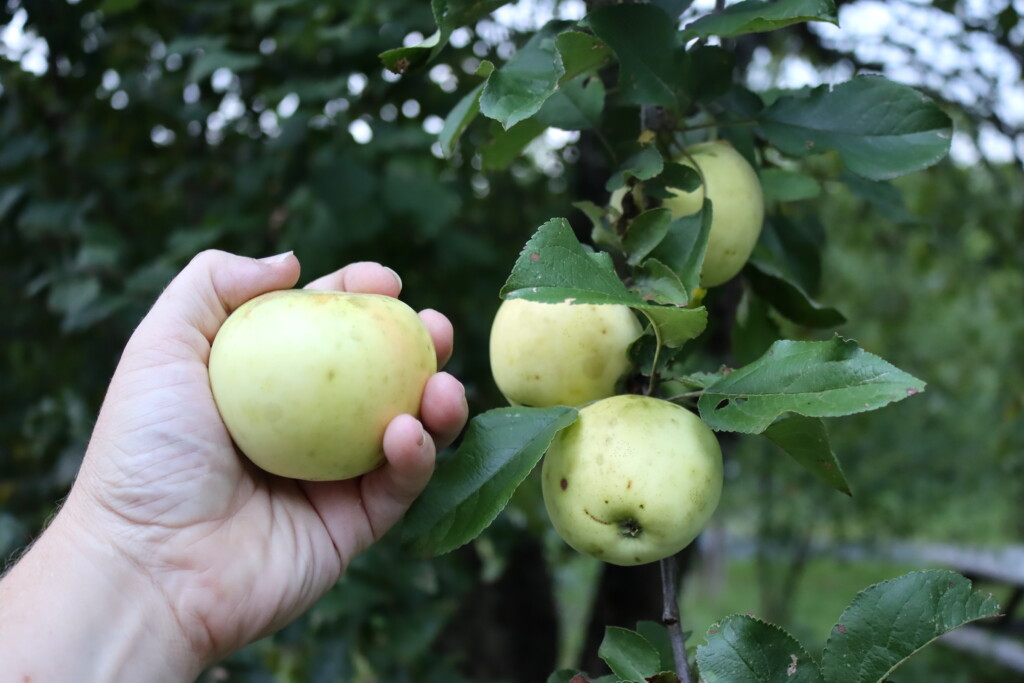
Early summer apples once played a vital role in maintaining a year-round food supply. Late storage varieties are harvested in October or November and, under ideal conditions, can last until April or May—leaving just a short gap before the first early apples begin ripening in June or July, depending on your climate.
These days, global trade has made early apples less popular, since fall-ripening varieties can be shipped from across the world year-round. But if you’re working toward self-sufficiency and want a steady fruit harvest throughout the season, consider planting the earliest apple of all: Yellow Transparent.
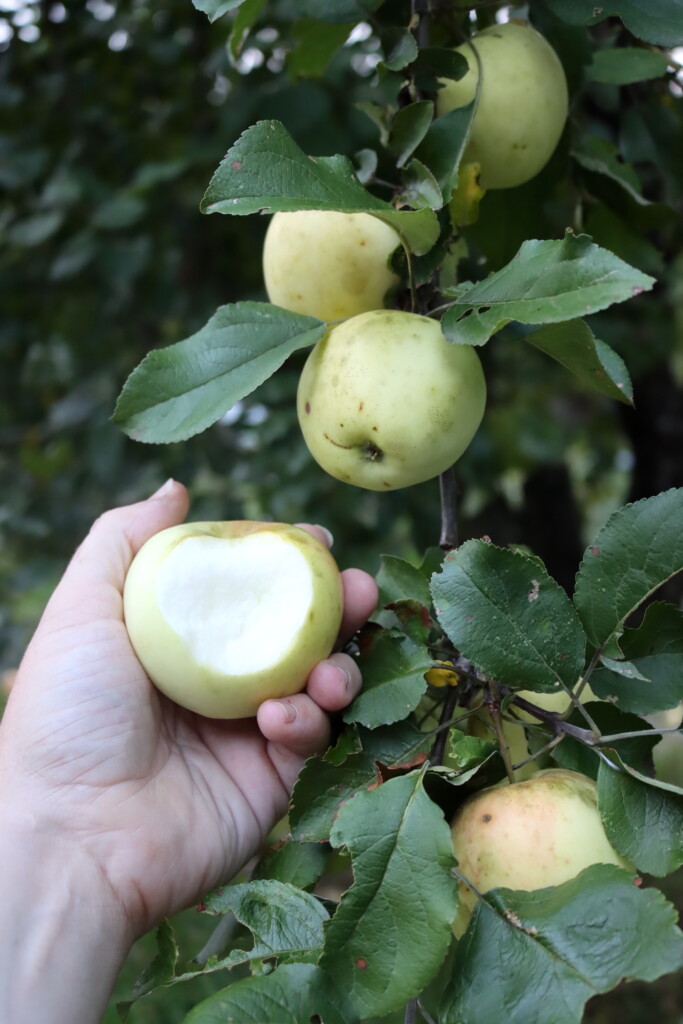
This heirloom variety is one of the first to mature—often ready for picking as early as mid-July, but definitely by late July even in the north. While it doesn’t store well, its soft flesh and tart flavor make it one of the best apples for sauce, pie filling, and other cooked recipes.
Whether you’re growing your own apples, foraging from old trees, or buying from a local orchard, Yellow Transparent apples are a nostalgic favorite that deserves a spot in your kitchen (even if only briefly during their short season).

History of the Yellow Transparent Apple
The Yellow Transparent apple originated in Latvia and was introduced to North America in the 1870s. It’s thought to be a chance seedling of the Russian variety ‘Glass Apple’ and was brought to the U.S. by the USDA as part of a program to introduce cold-hardy, early-ripening apples suited to northern climates.
It became especially popular in northern regions of the U.S. and Canada because it ripened so early and performed well even in short-season areas. For many families, Yellow Transparent apples were the first fresh fruit of summer—and the beginning of the year’s canning and preserving season.
(When you plant apple seeds, they don’t come true, and they won’t be the same as the parent tree. That’s where new apple varieties like this one originally come from, and once established, grafting trees is how you keep a variety the same from generation to generation.)
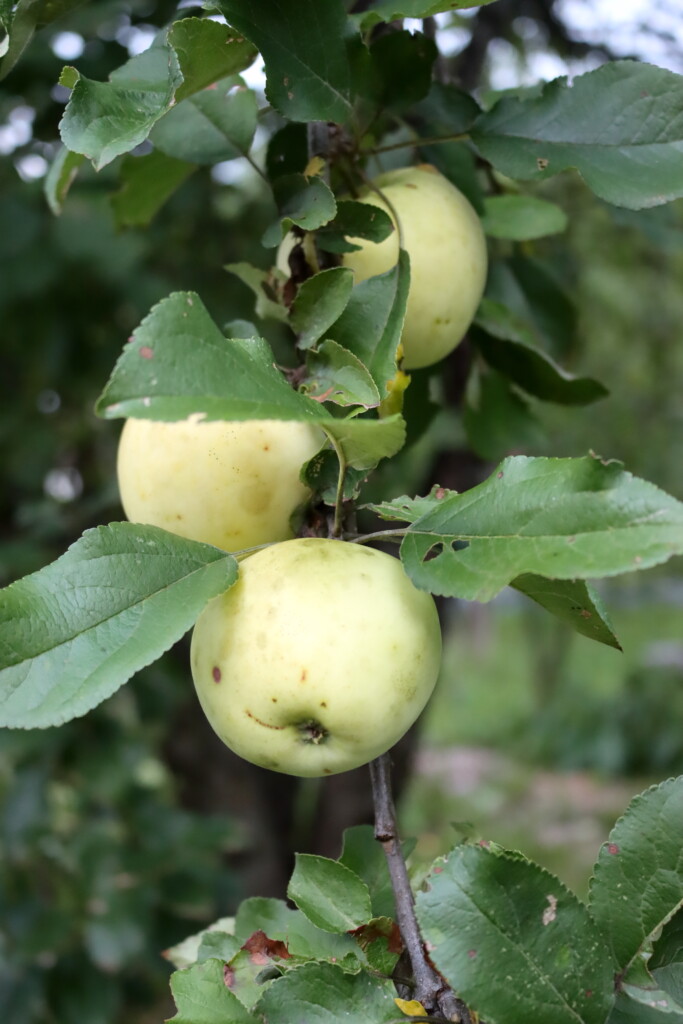
Appearance and Tasting Notes
True to its name, the fruit has pale yellow skin that often develops a soft, almost translucent look as it ripens. The flesh is white to pale cream and very tender—so much so that it bruises easily and doesn’t hold up well in storage or transport.
The flavor is tart and bright when freshly picked, especially before the apples are fully ripe. Once fully ripe, they soften quickly and the tartness mellows slightly. But don’t expect them to be sweet like a fall dessert apple—these are meant for cooking, and that’s where they really shine.
Still, my kids love them, and they’ll shake them loose in early summer for a quick snack halfway through water balloon fights. A July apple is enough of a novelty that it doesn’t have to be crisp or strongly flavored, and these mild crumbly apples please the little ones well enough.
Shelf Life
As a result of their quick development, yellow transparent apples tend to be crumbly in texture, and they store once ripe for only about a week. Since they’re impractical to ship, most people have never eaten a “crumbly” apple, and are a bit put off by something so far from their normal experience.
Yellow Transparent is somewhat acidic but otherwise sweet and mild, vaguely similar in taste to a yellow delicious, but crumbly rather than soft fleshed. To cut the acid, and enhance the flavor, they’re sometimes eaten with salt. Old-timers call early summer apples “salt apples” for that reason.
Once ripe, these apples spoil very quickly. A week of shelf life is optimistic for a yellow transparent at its peak.
To keep you in apples for more than a week, the tree is and ripens in stages. The apples ripen over the course of a month, starting at the top and most sun-exposed branches. You’ll notice bird pecked tree falls begin littering the ground, and then you know it’s time to pick your first summer apples.
Best Uses for Yellow Transparent Apples
Yellow Transparent apples break down easily in cooking and make an especially good creamy white applesauce. They’re also good for freezing, drying, juice, and wine.
I make my yellow transparent applesauce sauce with a food mill and the whole process is quick and easy, perfect for mid-summer canning.

Yellow Transparent apples are best used shortly after picking. Their tender texture and high acid content make them ideal for:
Applesauce: This variety breaks down quickly when cooked, making it perfect for smooth, flavorful applesauce with little effort. It needs no sugar unless you prefer a sweeter sauce, and since the yields are high, this is one of the best trees for canning applesauce at home. I’ve also started canning it in an outdoor canning kitchen, which saves on cleanup and doesn’t heat up the house, which is an added perk in July.
Apple pie filling: If you like tart pie, Yellow Transparent apples make a wonderfully tangy filling. Their soft texture means they don’t hold their shape like firmer pie apples, and they’re not great if you’re canning apple pie filling, but they bring excellent flavor. Some people like a creamy apple pie, and there are even old fashioned apple pie recipes that specifically use yellow transparent for people that want something more akin to a custardy apple filling in the pie. It’s a good bit different than what we think of as a “pie apple” from today, which stays firm when baked.
Apple butter: The acidity and breakdown make them great for homemade apple butter, especially when blended with sweeter apples to balance the flavor.
Canning and preserving: Since the apples don’t keep well fresh, many people preserve Yellow Transparent apples through water bath canning, freezing, or dehydrating right after harvest. When we’ve put up our fill of applesauce, the rest of them go into our double barrel cider press can I spend the afternoon canning apple cider for winter use.
Back in the day, these would have also been made into homemade apple cider vinegar, which would have helped with preserving other garden produce.
This isn’t a variety you’re likely to eat out of hand, unless you’re my kids, who cant get enough of them. The texture crumbly, and most adults think it’s best enjoyed cooked.

Growing Yellow Transparent Apples
If you’re interested in growing this variety, the it’s well-suited to cold climates and starts producing relatively early in life. It’s not the prettiest apple on the tree and the harvest comes all at once, but it’s reliable and productive.
The tree is naturally vigorous and requires regular pruning to maintain good airflow and prevent disease. Like most apples, it needs a pollination partner—any other early-blooming apple will work.
The biggest challenge for growers is timing the harvest. Yellow Transparent apples are notorious for going from underripe to overripe in just a few days. Check your trees daily when they start to lighten in color and soften near the stem.
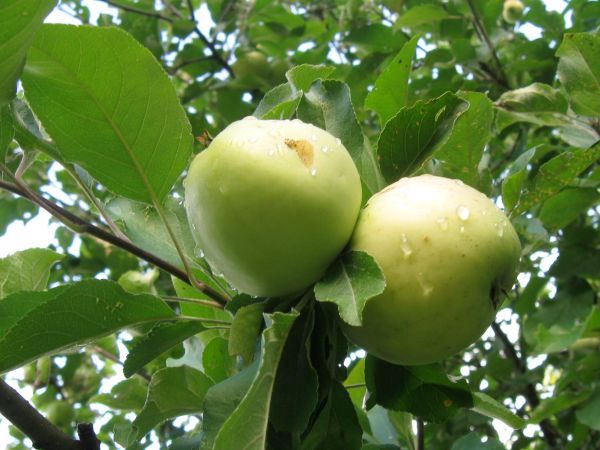
Where to Find Yellow Transparent Apples
These days, you won’t often find Yellow Transparent apples in grocery stores because they’re too fragile for shipping. But many old homesteads and regional orchards still have trees. If you’re lucky enough to spot them at a farmers market, grab them quickly—they won’t be there long.
Better yet, ask around locally. Many longtime residents or homesteaders still have these trees growing in backyards and hedgerows. They’re a common find in older rural areas and often go unnoticed until harvest.
Recently, Stark Brother’s Nursery has started carrying trees of this almost forgotten heirloom, and they’re a great source if you want an early ripening apple for your orchard.
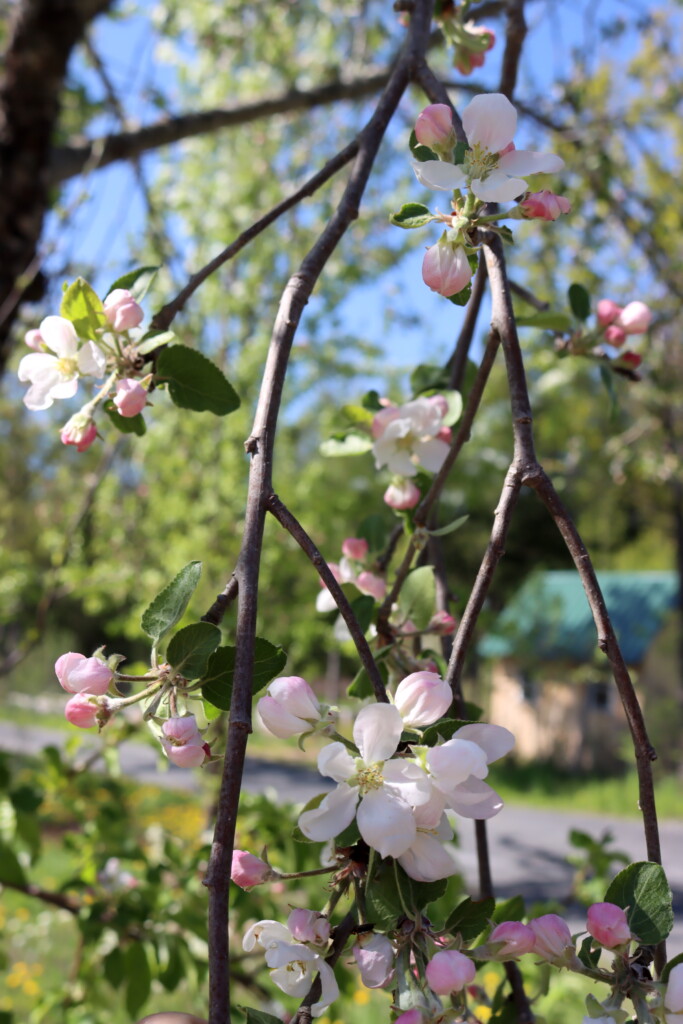
A Short-Season Apple with Lasting Legacy
The Yellow Transparent apple may not be flashy or widely sold, but it holds a special place in the history of early American orchards. It’s a reminder that not all apples are meant to store for months or ship across the country—some are best enjoyed right off the tree, turned into applesauce, and put up for winter.
If you come across Yellow Transparent apples this season, give them a try. You’ll be tasting a bit of apple history—tart, tender, and perfectly timed for the start of preserving season.
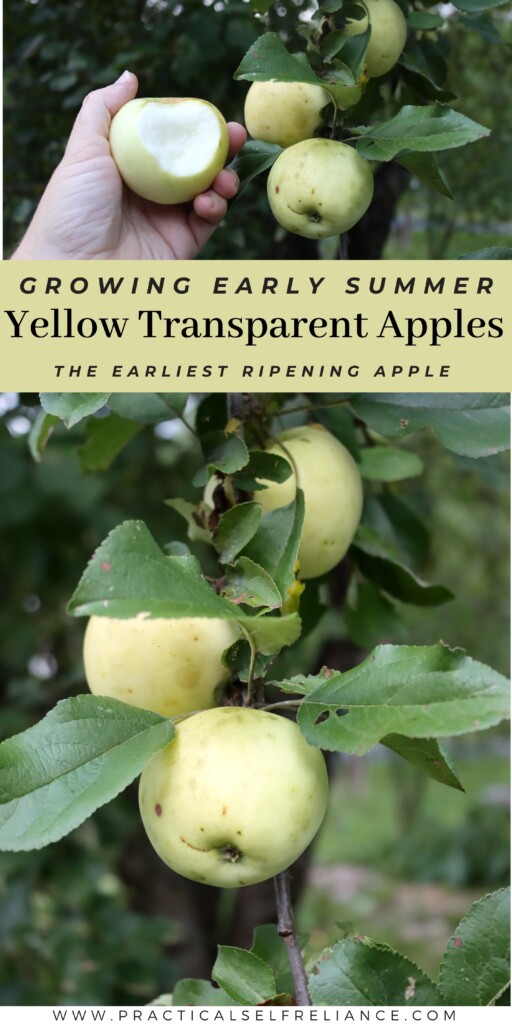
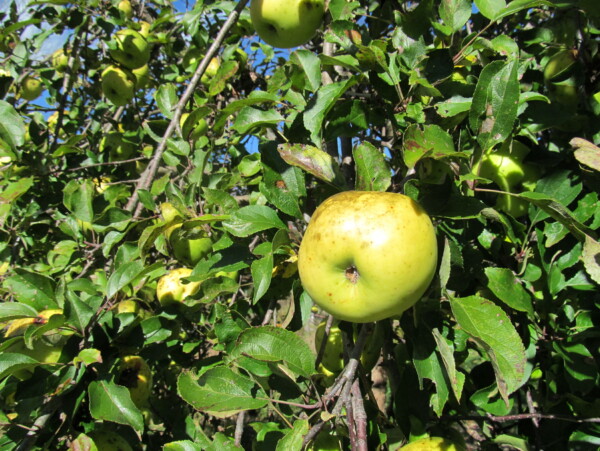
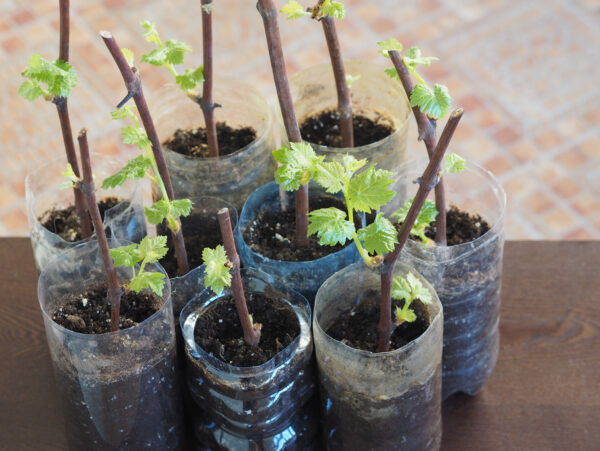
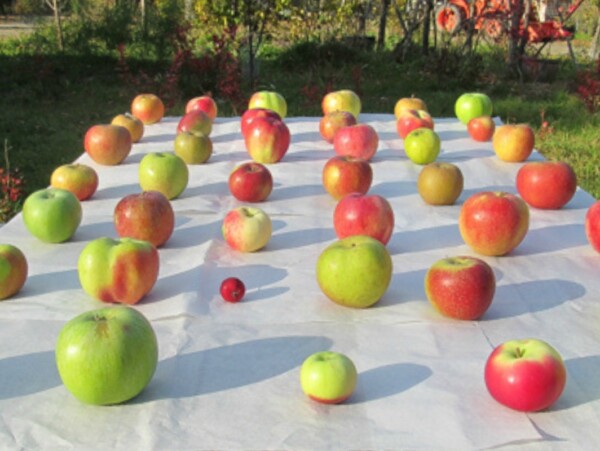
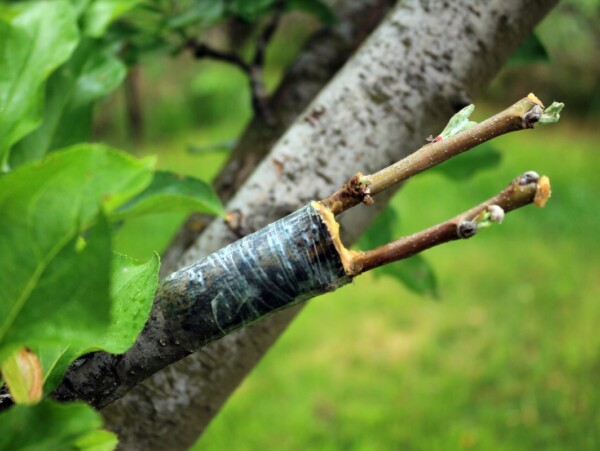
I’ll be harvesting from my Stark Bros. yellow transparent apple tree for the first time this summer, and I can’t wait! We grew up eating them as fried apples—in bacon fat, of course—when we could find them at a roadside stand. My grandmother had a few trees, too.
Nice! Ours are ripening up now too. I’ve never tried them fried. Do you just slice and fry in bacon fat, or do you dip them in a batter like a fritter?
Do you know of a location to purchase the yellow transparent apple in Pennsylvania or Virginia… possibly North Carolina?
I couldn’t say as far as a local nursery, but Fedco trees sells them and they ship them bareroot.
ACN in ASPERS. PA
https://acnursery.com/
they have the best young fruit trees I have purchased ever
go online and order in the Fall and ship or PU in the Spring to plant
looking to buy some yellow transparent apple trees. where is a good place to buy them and do they have good prices. i grew up on a farm in warren, vt that had some they were great to eat, and making different kinds of food items from. the apples grew every 2 years..
You’re pretty close to here, and there are two local nurseries that cary them. Try East Hill Tree Farm (Plainfield) or Elmore Roots in Elmore, both list it in their catalog. EC Browns in Thetford VT also has a really excellent selection of apple trees, but no online catalog.
We give transparent apples away. What area do you live in?
We have a Lodi tree that ripens just after July 4. The taste isn’t particularly complex, but it’s a great option for zones 7-8.
Thank you for your post! Two years ago we bought and moved back to our family farm where I grew up. We have one transparent apple tree that I know of, but I didn’t know they became ripe so early. I missed them last year, but this morning I found a few on the ground. I hope they will be enough to make a pie. As I remember as a kid, they are some of the best pie apples!